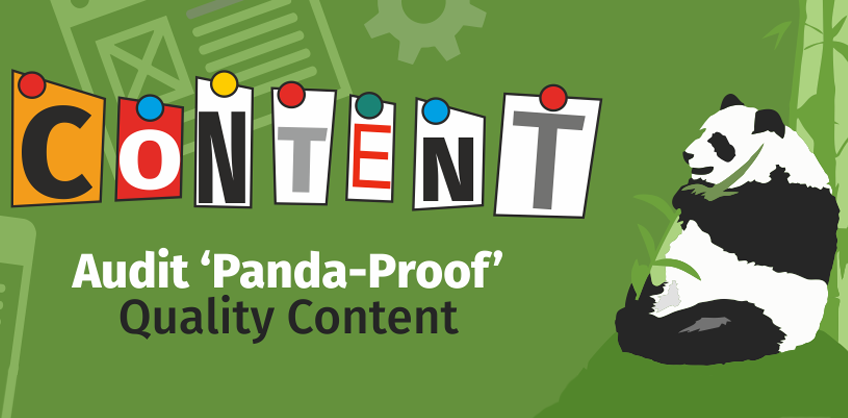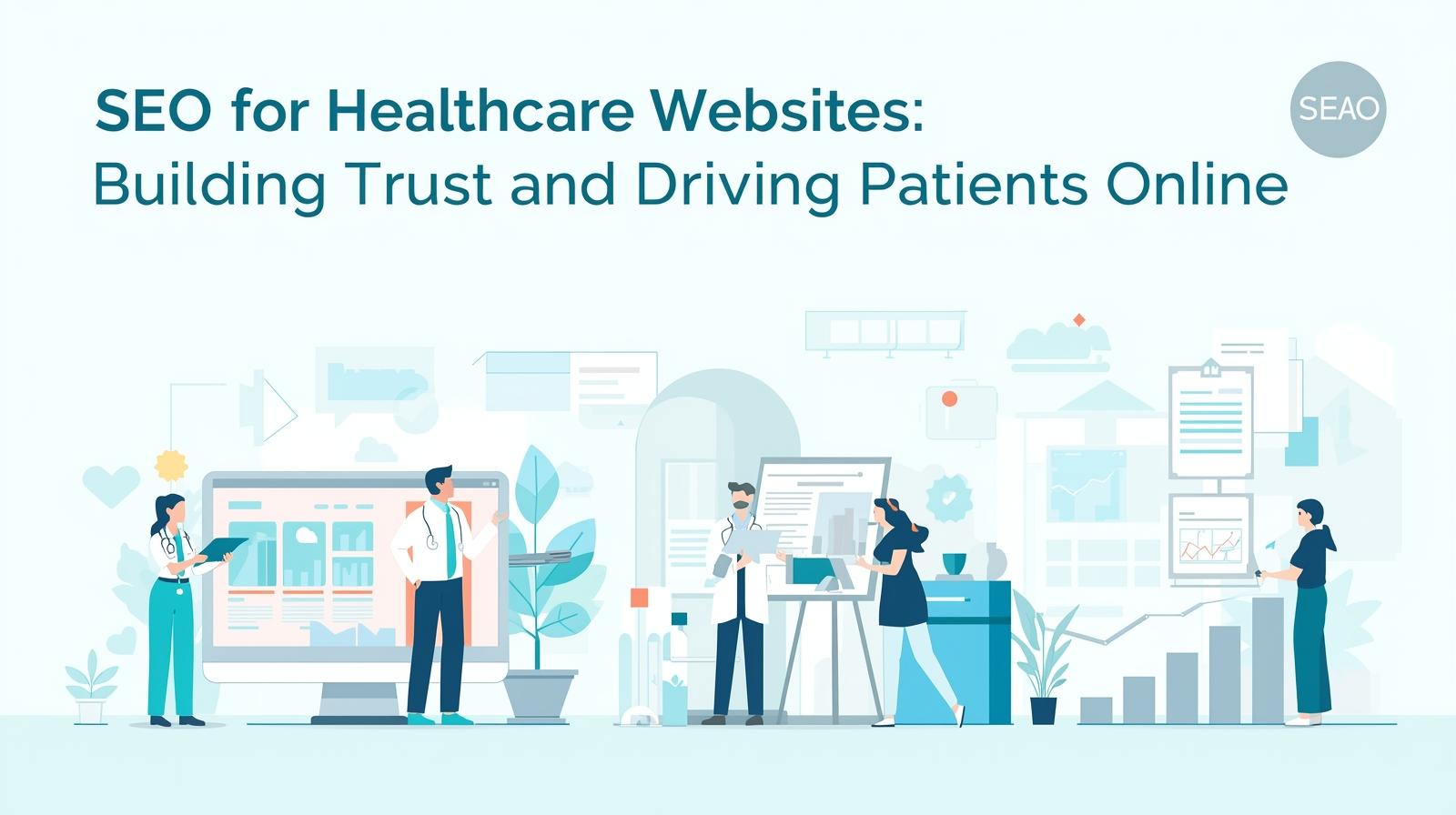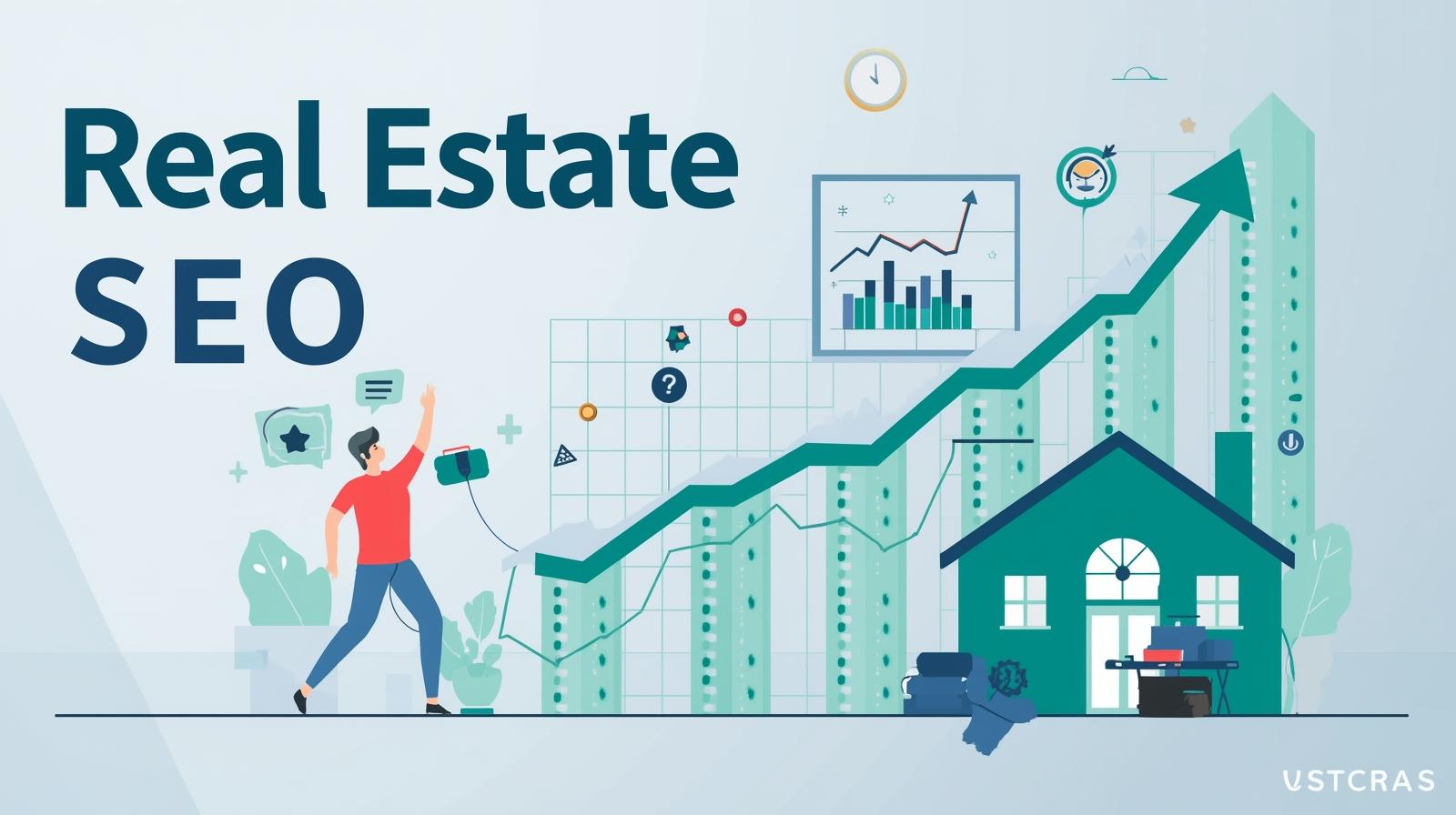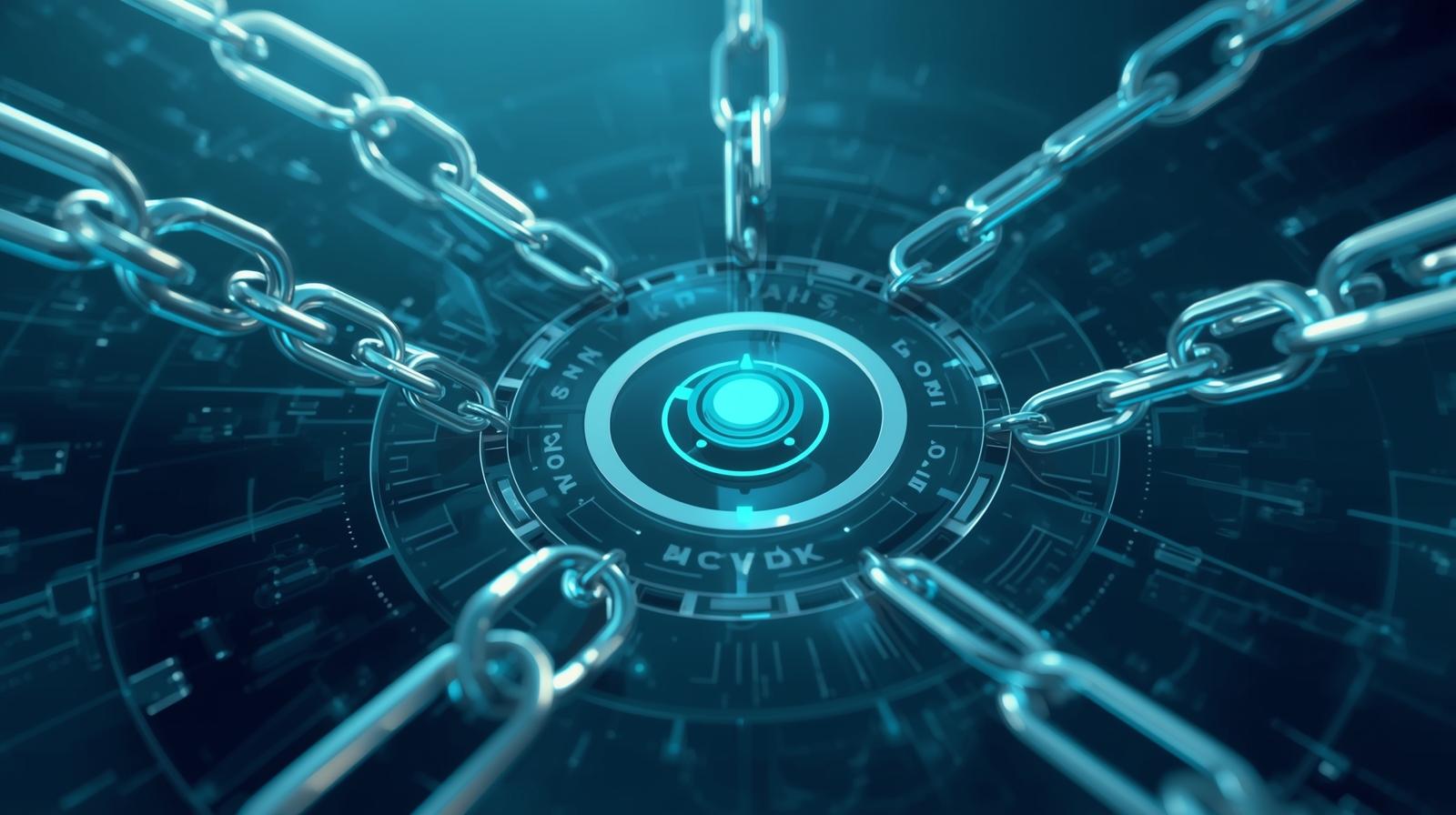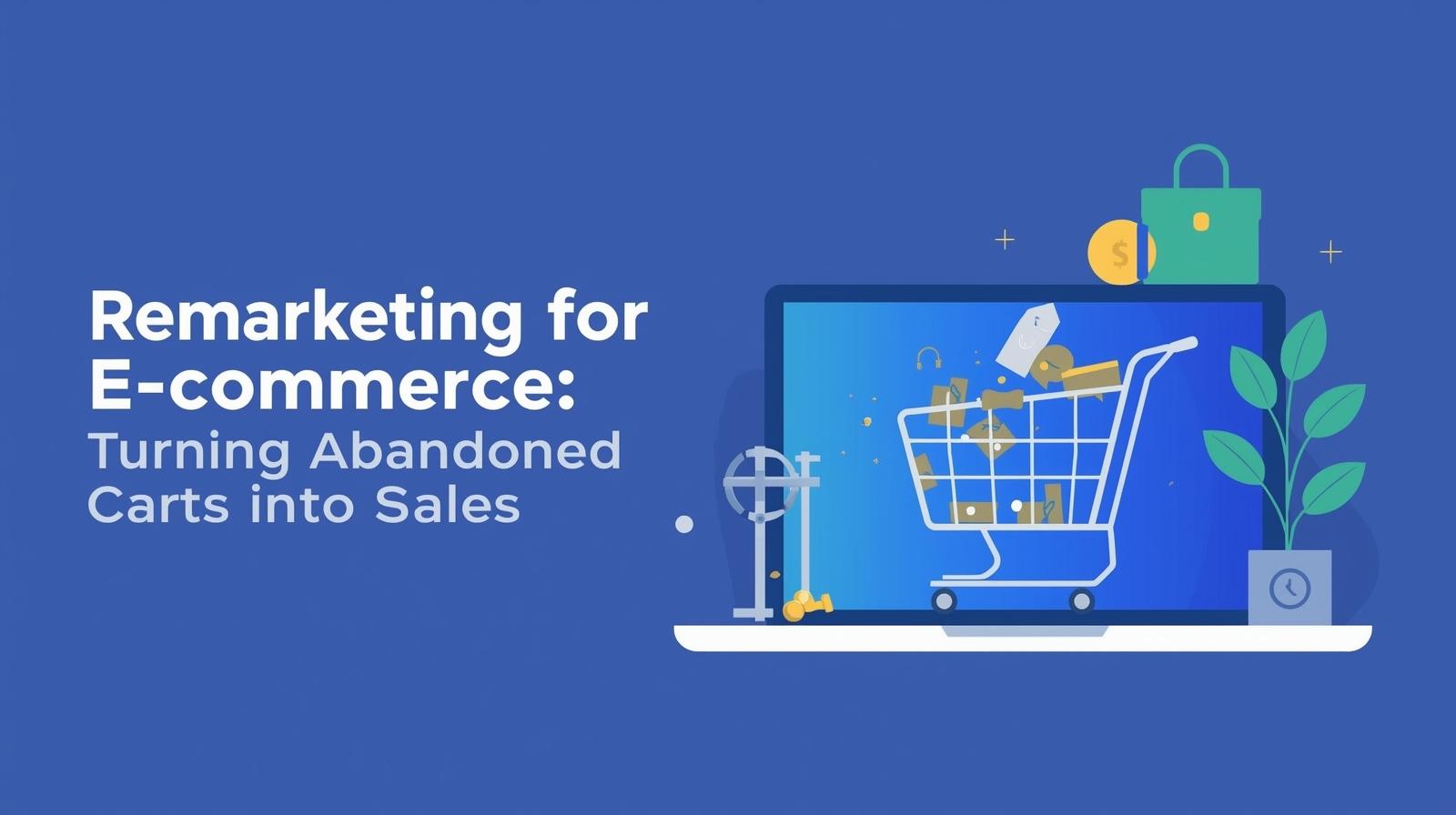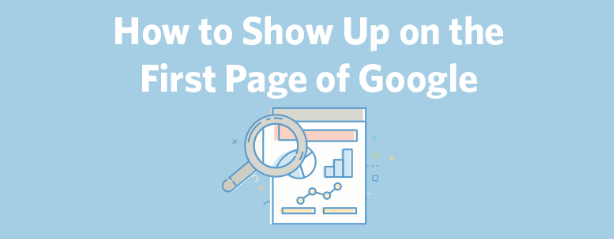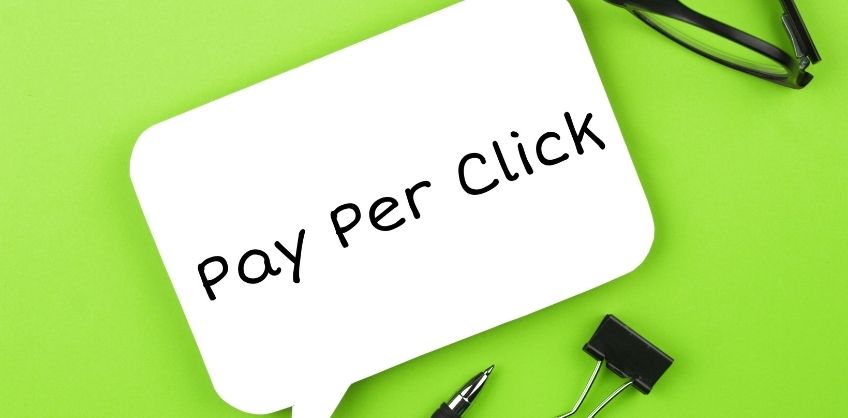June 02, 2017
Checklist To Make high-quality Content Which Meets Entire Criteria of Google!
Creating a high-quality content has been more and more considered with SEO campaign. In fact, focusing on generating quality content is one of the best ways to cover up the underutilized SEO strategy in the best possible manner. According to the studies, low-quality content is the main cause for Google penalties, especially Google Panda update!
Google Panda was being introduced in the year 2016 and aims to filter the low-quality content design, as one the key ranking algorithm. This implies that Google Panda is often doing its job much fast, and affecting more and more sites.
But the question is, how to determine whether the content is of high-quality? How to escape from Google Panda to enhance the ranking of your website?
Check out the six most effective steps to audit the content for high-quality. But before we move further, it is significant to know how does Panda works? Let’s check.
How does Google’s Panda work?

The latest update of Google’s Panda was named after an engineer of Google Navneet Panda. The main aim to design this algorithm is to enhance the search result of Google, by decreasing the ranking of such content which includes low-quality content. The fundamental value here is to assigns the quality score to each website in the index. The thing to be noted here is, Google assigns the score to the entire website and not to the web pages.
Earlier, Google’s Panda intent to apply the search result which it found the most relevant one with the query of the users. The Panda reorder the results, apply a lower ranking to the least relevant result and enhance the relevant content.
How Panda identify the content as of high-quality?

The proven fact is Google’s Panda does not rely on the gut-feeling to identify the high-quality content. In fact, Panda is the core algorithm which determines numerous aspects to assume a website of optimum quality. After applying some tricks and calculations, it provides the website with a specific quality score by analyzing the results.
The best thing is, is the quality score of your site relies on various factors, you can enhance the ranking of your site by influencing those factors.
The bad thing is, Google has never disclosed any of the aspects it takes into consideration to determine the score. Therefore, the issues listed below are the possible one, depending on the Google has stated for the quality of the website, and how it can measure the quality of a website.
6-Steps checklist to audit the Panda-Proof Content
Now we know that Google determines few of the major aspects to measure the quality score of a site- think of those aspects which could be a part of this assessment.
To gather the data for analyzing, you will need to have the following tools:
Website Auditor: Below we have listed down the steps to audit the Website Auditor. But remember that, if you are using the free version, you will be able to analyze only 500 web pages. You will need to Pro, or Enterprise license to analyze more pages of the site.
Grammarly
Copyscape
Step #1. Crawl the website to know the entire list of your web pages
Without any surprise, the primary step in auditing the content of any site is to.. Search for every bit of a content.
Since Panda analyze the content according to the entire website, it can never be sufficient to audit only the essential pages of a site. You will have to check the entire site to determine that it does not include any of the low-quality content because this could drag the position of your website down among the search result.
How to check the list of the web pages?
Create a new project by launching the Website Auditor for your website.
Type the URL of your website, and then click Next.
After few minutes, the Website Auditor will collect and list the pages of your site depending on the size of the site.
Now view all your web pages by clicking on the Page option, which is appearing on the dashboard, once the crawling gets completed.
Panda’s Recommendation
The best way to manage the content on your site mostly depends on the size of the website.
For small Website which contains less that 100 pages: You cannot afford to remove the content from your web pages, even if it is of low-quality. The core idea is to enhance the quality of your web page and not deleting the page which contains any of the issues.
For a medium-sized website which contains web pages among 100-1000: You can consider removing few of the low-quality content. But you must focus to enhance the content quality, especially of your essential web pages.
For a larger website which includes more than 1000 web pages: Improving the quality of all those pages which includes one or other issue could be quite tedious. Therefore, work with the aim to remove all the unnecessary web pages, which includes low-quality content.
Step #2. Search for thin content

Think of a site, which includes only a few of the text which shows the meaningful content and tons of links to any product. This kind of content falls into the category of the thin content. Google is mainly focused on attacking such thin contents, through both the updates, Panda and Fred!
Search Engines analyze the content on the web pages to determine the relevance. And if your site provides the least information, how will they come to know that what your page is all about and what you are offering to your users.
How to check the thin content?
Open the workspace in Website Auditor, go to the Word Count column. You can also do it from another way if you don't find it over there, simply click on the header of any column and add the word count column to the active columns.
On the workspace of the Website Auditor, sort the pages according to the length of the content and click on the column which you had added just not word count.
Panda’s Recommendation
Of course, you can't determine the content quality depending on the word count because you can also deliver more value through few words as well. That is why Google does not trigger the word count to measure the quality score. Also, many contents get included in the category of providing rich answers with little words and perform really well.
Having thin content is actually a matter of concern. So, on an average, it is beneficial to include at least 250 words in your content!
Step #3. Search for the duplicated/similar content
One of the major factors which could also be the reason of your site to achieve low ranking due to the low-quality content is the duplicate content or the availability of similar content on multiple websites.
How to check the duplicated/similar content?
Open the Site Audit dashboard on Website Auditor tool. Under the on-page section, click on the Duplicate Titles and Duplicate meta description factors.
If any of them indicates the Error, hit on the problematic aspects to know which content contains the duplication errors.
Panda’s Recommendation
Usually, large sites need to include a plenty of web pages and then fill it with lots of content. Most of the site’s owner finds a convenient way to fill that gap, by writing the overlapping content, which is somewhat as compared with the other web page. This is what Google considered as the low-quality content.
Step #4. Search for the aggregated content or the “Plagiarism”

What Google considered as the high-quality content and search for the major factor to check the quality is the UNIQUENESS. The main aim of Google is to add the value to your content and not to repeat the same words which have already been delivered by some other person. To get the Google’s Panda filter, having unique content on your site is the easy way to mark your content as of high-quality. What hurts the quality most is the plagiarized content or even the description of the products that has been duplicated in the feed and that has already been described by other channels, such as Flipkart, eBay, Amazon and more.
How to check the aggregated content?
If you thinks that few of your web pages includes the duplicate content or other resource includes the same content, you can check them easily through Copyscape tool.
You can check some of the data for free of cost, like comparing contents of two different URL, but if you need to check any content comprehensively, you need to have a paid premium account.
Panda’s Recommendation
Despite the Google’s effort of searching for the duplicate content, studies and research have shown that for many websites, Google is not being able to identify the original source from where the content has stolen.
Therefore, even if you stole any content, modify it in such a way that it won't shatter the ranking of your web page. If you found any of the sites which have tried to copy a specific content from your site, you can also request the Webmasters to remove that copied content, or can also use the content removal from Google.
Step #5. Search for the appropriate keyword usage

Targeting the right keyword at the right place is one of the key strategies for the SEO (Search Engine Optimization) campaign to rank your site higher. If you have already been in the search industry from few times, you might have remembered those time when SEO implies to insert the appropriate keywords in your meta keyword tag.
Of course those days are gone, in fact, those sites which use too many keywords in their content or meta description purposely gets punished and penalized by Google.
However, whether Google discloses its strategy or not, Keywords are still one of the core factors in determining the ranking of a website. And having relevant keywords in your title helps in enhancing the ranking of your website to a great extent, and this could be the foolish mistake to not optimizing the pages for keywords.
The question here is, “How many keywords are too much?” The best way to measure a number of keywords to be used in the content is to locate the top ranked competitors and look at their content of using the keywords. The reason being, if any site which has passed the top 10 rank, has already passed the test conducted by Google and won A+ for their sites.
How to check the appropriate keyword usage?
Click on the Content Analysis module under the Website Auditor tool, then select that web page which you want to analyze.
Enter those keywords which you are optimizing for this page, then the tool will automatically analyze your page with competitors who has already achieved top rankings among search results.
You will see the statistics for average keyword usage, which shows the result for both the pages, yours and your competitors one as well. You will then see a Green colored tick mark symbol on those content which includes all the SEO factors related to the content. Those which does not show the green symbol, click on them one after the other and resolve the problem by looking at them on keyword Stuffing column.
If you wish to see how your web pages are optimized for the keywords according to the topics, you can also consider switching to the TF-DIF dashboard to see that. You will discover there the keywords and phrases that are being used by the competitors in their content to rank high. Recommendation column will indicate you about which keyword or phrase you must focus upon.
Content Editor module will give you a fair idea about which keyword is extra that you must remove and which keyword you should add in you content. Once you edit those keywords, it is better to check your on-page statistics.
Click on the save button, once you have done with it, this will save the optimize HTML and make your site perfectly fine to upload on the web.
Panda’s Recommendation
Heard about the Google’s update of Humming Bird? The same algorithm which helps Google in learning and identifying what user is trying to search by writing a specific phrase in the search query and offer the various answer to them to different-in-keyword but same-in-meaning queries?
The Google now optimized the web page differently after the launch of this update. Now don't focus only on the single keyword optimization. Instead, think of all the possible synonyms are the related term to make your web page more relevant and comprehensive.
Using the synonym and related term helps your site to achieve higher ranking and act as more relevant and avoid keyword stuffing problem.
Step #6. Search for the user engagement metrics
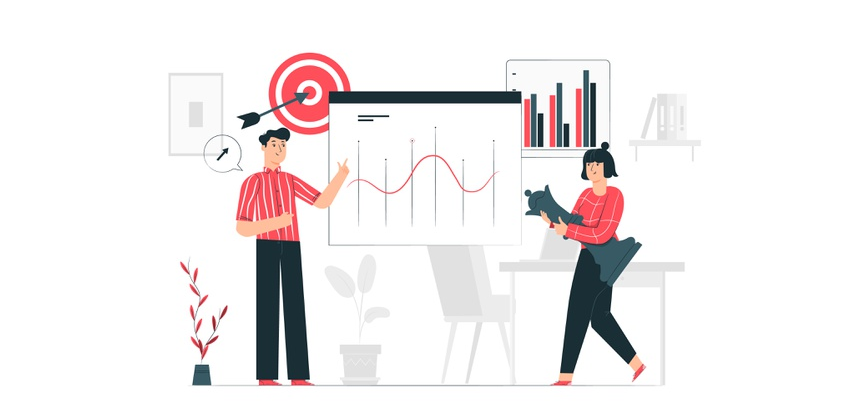
Despite Google’s statement that user engagement or user experience does not affect the ranking algorithm among web pages, but the studies and experiment in the real life show the different phase!
In fact, the key metric which determines the lower ranking and poor content quality is the Bounce rate!
Think it on another way, where the Google try to provide the users with the best experience in searching, that is, by making the information available that they are looking for on Google on the first click itself. The best search experience of the user is the one, which provides the user with all the information they are looking, and that they don't have to hit the previous button to click on the next link available among search results.
How to check the user engagement metrics?
Click on the traffic coming to web pages tab on the Website Auditor tool.
In that view, select all pages and then click on the Update Page option. Select the option Page traffic from the list to update.
Enter all the credentials of your Google Analytics, so that the account can be sync with the Website Auditor.
Allow the tool to complete the check. Then you will see the statistics among the Pageviews (GA) as well as bounce rate (GA) columns, once the check is completed.
Panda’s Recommendation
The bounce rate of your site completely depends on the intention of your users. Think of that way, if your user is looking for an instant answer, they will immediately leave the site when they find the answer.
For instance, if they are looking to know the answer for who is the President of India, they will leave your site within a second after reading the name of the president.
If you are providing the exact information to your user for what they are looking and your bounce rate is quite high, then there is nothing serious to worry about. Or if the case is not same, take measure to lower the bounce rate of your site.
What are the other factors that should be considered?
Search for the user-generated content problems
The hottest topic among SEOs these days are, how the user-generated content is affected by Panda. It hits the correct point where almost every SEO specialist is recommending to leave all the user-generated content since Google perceives it as a symbol of the poor quality.
But this isn't true! Think of many sites which are doing well by providing the most efficient user-generated content, such as Quora.
However, any of the spam for user-generated content could cause a trouble for your site, like irrelevant comment on your web pages.
Search for any grammatical issues
Google perceives the incorrect spelling and grammatical errors are both the reasons to obstruct the user experience and reduce the reliability of your content. Therefore, don't be foolish enough to leave your content with full of grammar errors on your web pages. Google provides many online tools to check the grammar, such as Grammarly. This will help you by highlighting those words which contain any issue so that you can update that in your content.
Search for the impertinent ads
Of course, you cannot stop using Ads on your site because of Panda, as far as you are sure that ads on your site do not get obstructive. The disruptive ads, such as annoying pop-ups or so many ads on a site irritates the user, but annoy Google as well. Remember, disruptive ads could also be the reason for the low ranking of your site.
Bottom line: Don’t overdo it!
If you ever feel like Google has hit your site, it is significant to note that do not go over the top by making the content cleanup, since it can make your search situation from bad to worst!
As similar to every other Google’s penalty, it is challenging to determine that whether Panda will hit your site or not. Before making any updates on your site, always remember to check it for at least two times, just to make sure that the steps you are implementing are heading towards the right direction and most importantly, it is for the right purpose.

Recent Posts
ARE YOU A LEADING SEO SERVICE PROVIDER?
Get listed in world's largest SEO directory today!
Directory listing counter is continuously increasing, be a part of it to gain the advantages, 10310 Companies are already listed.

